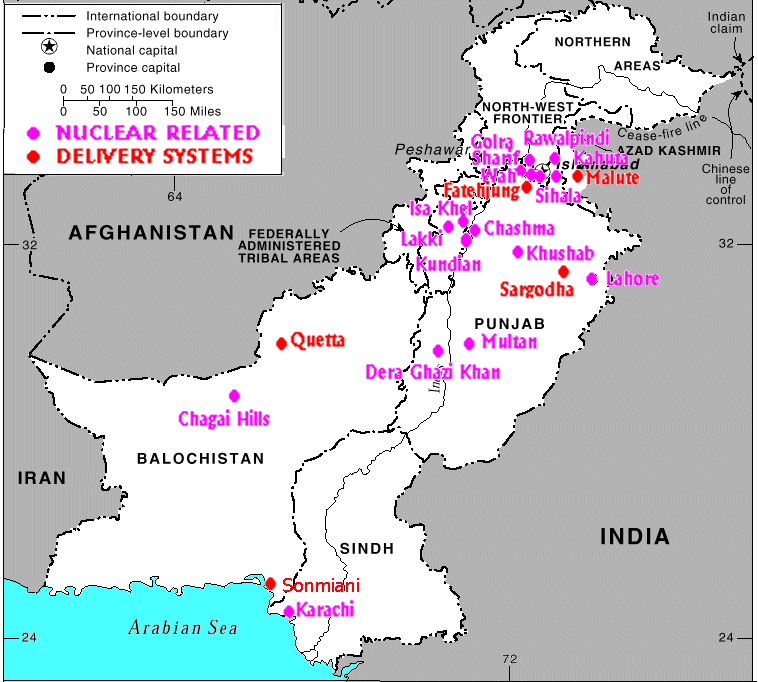
Introduction
The topic of Pakistan’s nuclear facilities is of profound importance not only to regional security but also to global geopolitical dynamics. As one of the few countries possessing nuclear weapons, Pakistan’s nuclear capabilities must be understood in the context of ongoing regional tensions, especially with neighboring India. With nuclear technology shaping the balance of power in South Asia, the need for transparency and strategic stability necessitates ongoing international interest.
Current State of Pakistan’s Nuclear Facilities
Pakistan operates several nuclear facilities, with the most notable being the Kahuta Research Laboratories and the Nuclear Power Plants in Karachi and Chashma. According to recent assessments by the Stockholm International Peace Research Institute (SIPRI), Pakistan has significantly increased its nuclear arsenal in recent years, expanding its stockpile of fissile materials.
As of 2023, estimates suggest that Pakistan possesses approximately 170 nuclear warheads, a figure that underscores the country’s commitment to maintaining a credible deterrent against any perceived threats, particularly from India. Furthermore, the construction of new facilities and the modernization of existing ones indicate a strategic shift aimed at enhancing both production capabilities and delivery systems.
Global Concerns and Security Implications
The rapid development of nuclear capabilities has raised alarms internationally, with experts warning of the risks of nuclear proliferation and potential accidents. In light of the ongoing instability in Afghanistan and the broader Middle East, there are fears that tensions could escalate, putting nuclear facilities at risk of sabotage or attack.
Moreover, Pakistan’s nuclear program operates within a complex framework of military and political factors. The government has been investing in more advanced delivery systems, including tactical nuclear weapons that can be deployed quickly in response to conventional military threats. This modernization is viewed by some analysts as an attempt to counterbalance India’s growing conventional military strength, thereby creating a precarious security environment.
Conclusion
The significance of Pakistan’s nuclear facilities extends beyond mere military capability; they represent a cornerstone of national security strategy and a critical aspect of regional stability in South Asia. As nuclear development continues, the implications for global security become increasingly complex. Moving forward, a focus on diplomatic engagement and confidence-building measures among regional powers is essential to ensure that these facilities are not a source of further tension but rather contributors to a more stable geopolitical landscape.
In conclusion, the international community must remain vigilant and engaged in discussions surrounding nuclear capabilities in Pakistan, as the developments in this arena will have lasting impacts on security dynamics in the region and beyond.


